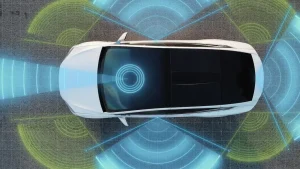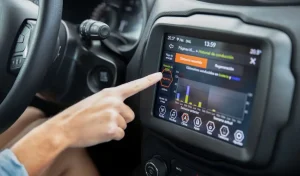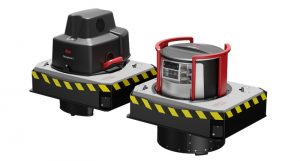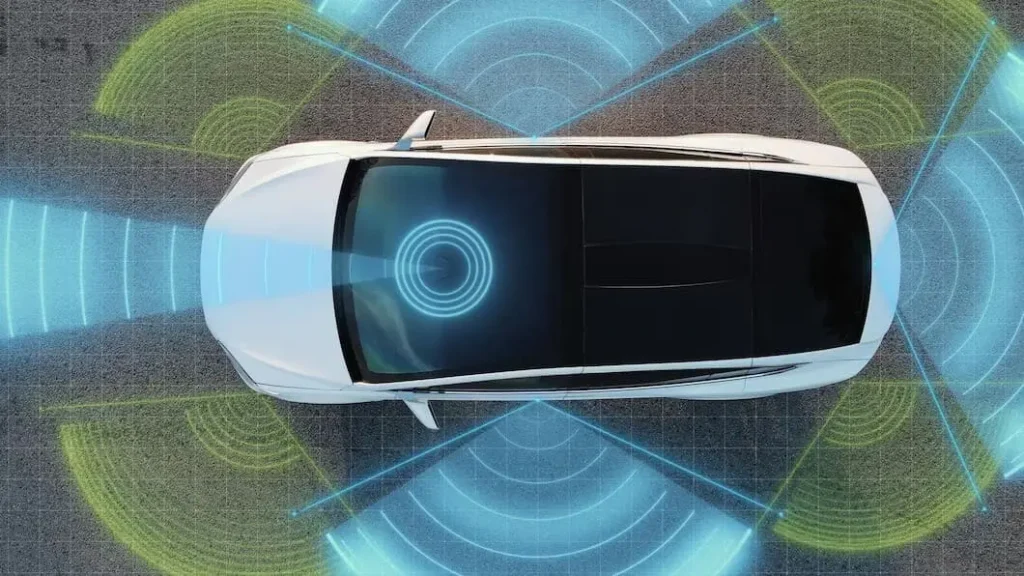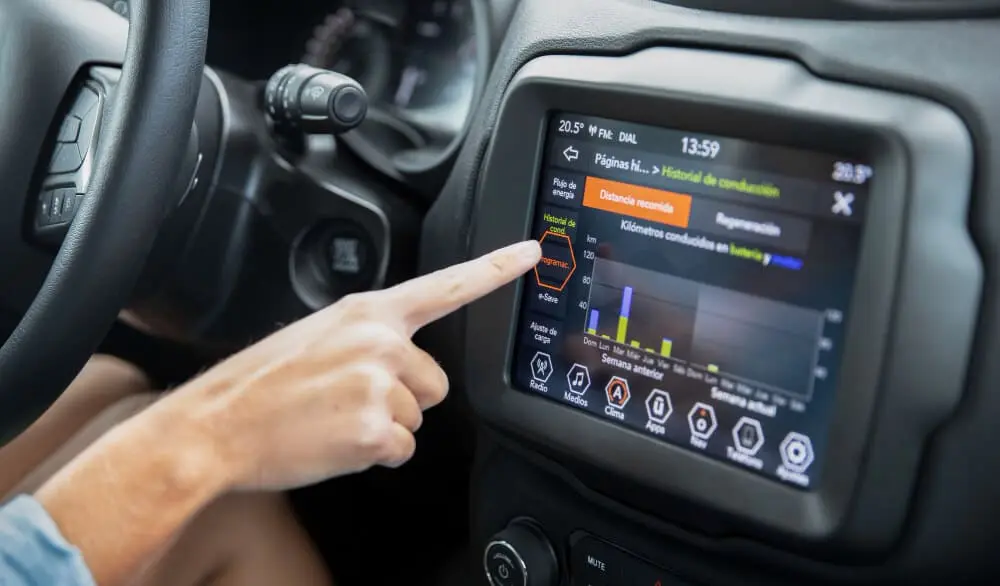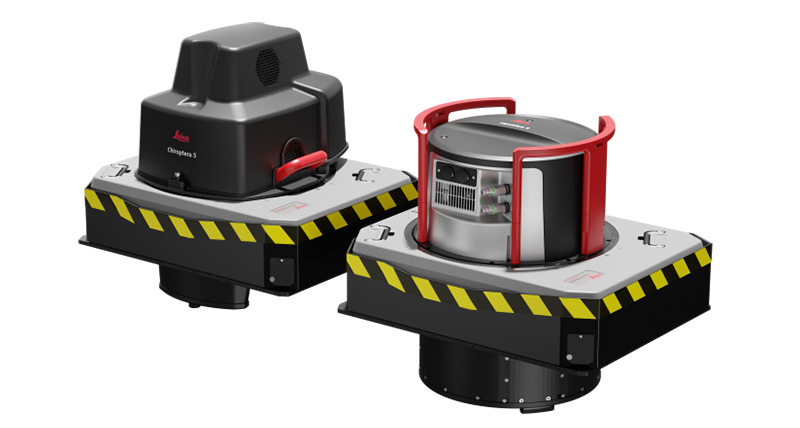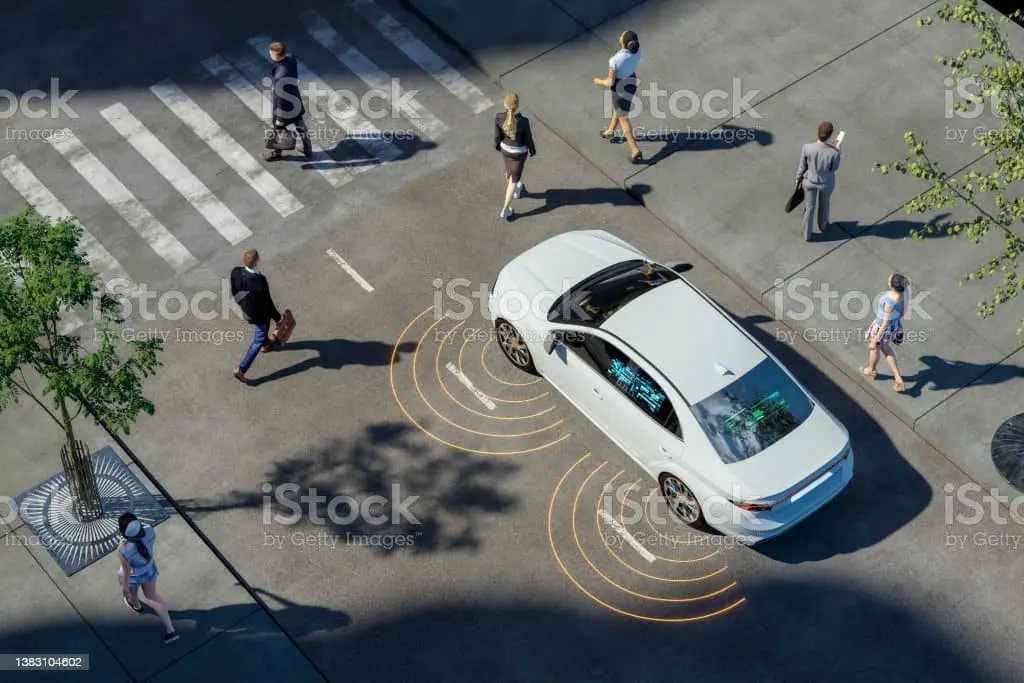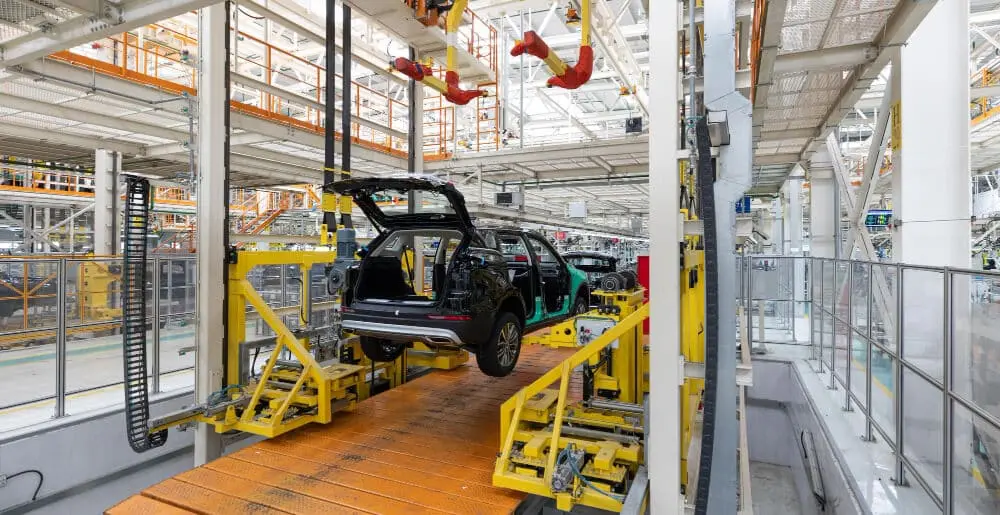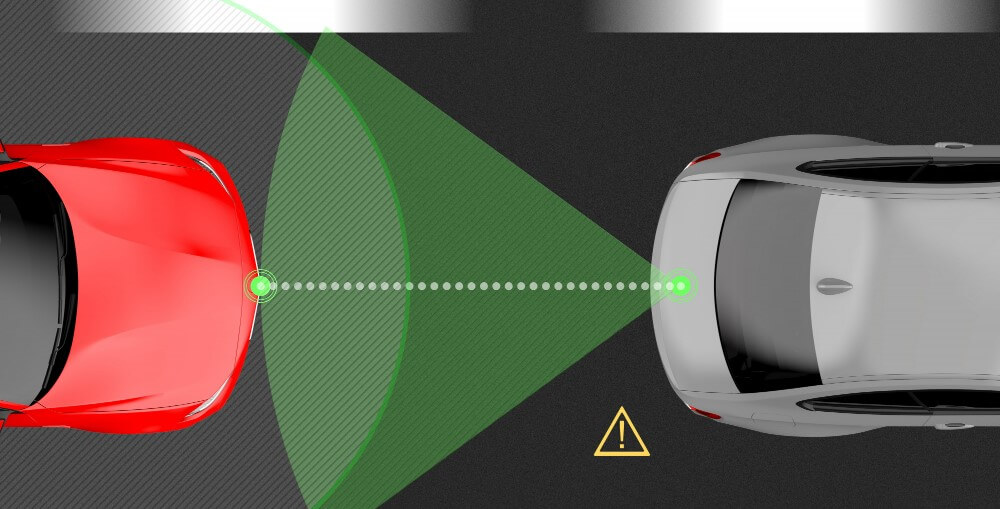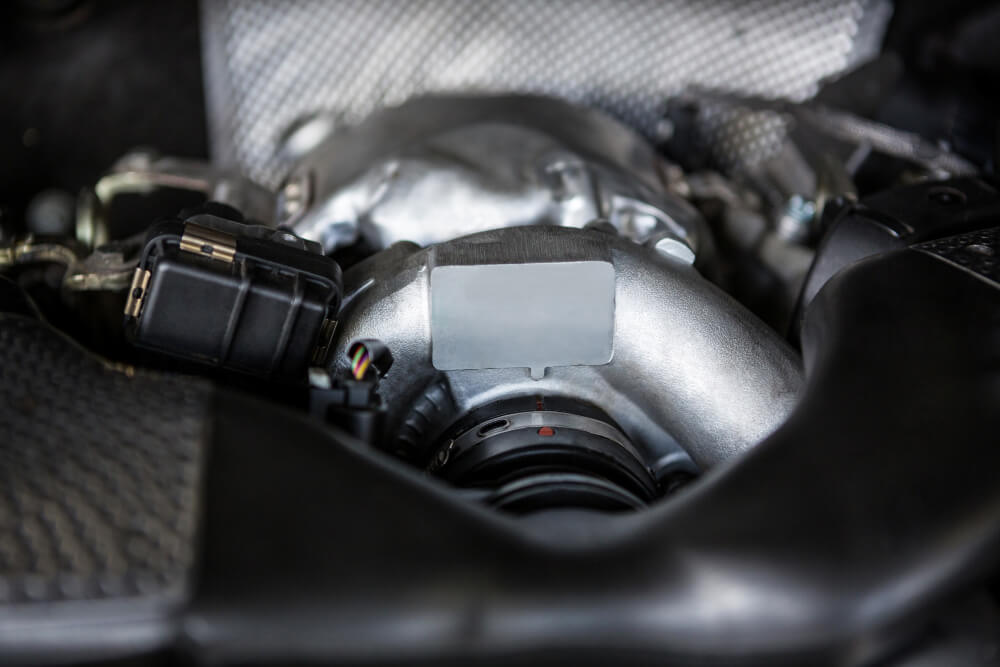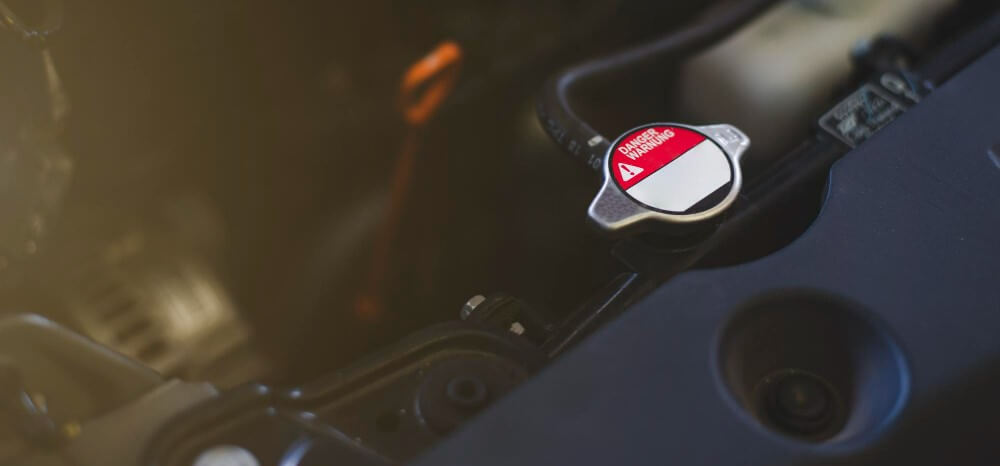We can make our lives easier and safer with autonomous vehicles. One challenge in developing an autonomous vehicle is making sure it can navigate safely in complex environments. That’s where sensing technologies like Lidar in CAVs come into play. Lidar is a sensing technology that uses lasers to measure the distance between the vehicle and its surroundings, providing a highly accurate and detailed 3D map of the environment.
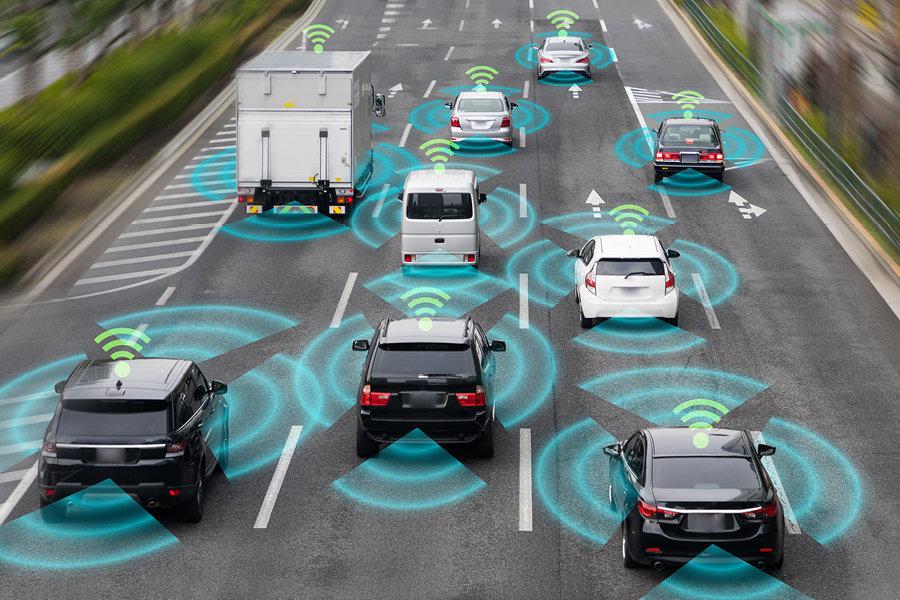
This article will explore the latest sensing technologies of Lidar in CAVs, including Lidar, and their importance in developing autonomous vehicles.
How Do Sensing Technologies Work in CAVs?
The sensing technologies lidar in CAVs (Connected and Autonomous Vehicles) are key to their safe and efficient operation. These technologies use a range of sensors to detect and interpret the surrounding environment and provide real-time data to the vehicle’s computer systems.
A sensing technology collects information about the environment around the vehicle, such as other cars, pedestrians, and objects. These sensors use a combination of technologies, such as radar, Lidar, cameras, and ultrasonic sensors, to gather information and comprehensively view the vehicle’s surroundings.
Lidar sensors in CAVs include radar, Lidar, camera sensors, ultrasonic sensors, and inertial measurement units (IMUs). Each of these technologies has unique capabilities and limitations, and they work together to provide a complete picture of the vehicle’s surroundings.
Radar sensors use radio waves to detect the position, speed, and direction of objects in the vehicle’s vicinity. On the other hand, Lidar uses laser beams to create a highly accurate 3D map of the surrounding environment. Camera sensors capture visual data about the environment, such as traffic lights, road signs, and lane markings. Ultrasonic sensors detect objects near the vehicle, such as parked cars or curbs, and IMUs track the vehicle’s acceleration, orientation, and direction of movement.
The basic working of sensing technologies involves collecting data from these various sensors and processing it to create a real-time, accurate picture of the vehicle’s surroundings. The vehicle’s computer systems then use this data to make decisions about navigating the environment, such as adjusting speed, changing lanes, or avoiding obstacles.
Lidar in CAVs
Lidar in CAVs (Connected and Autonomous Vehicles) is a revolutionary technology that can transform travel. Lidar, which stands for Light Detection and Ranging, is a sensing technology that uses laser beams to create highly accurate 3D maps of the surrounding environment.
What is Lidar?
Lidar is a remote sensing technology that uses laser beams to measure the distance between the sensor and an object. When a laser beam hits a thing, it bounces back, and the time it takes to bounce back is measured. When the sensor does this multiple times, it can create a highly accurate 3D map of the environment.
History of Lidar in CAVs
Lidar has been used in various applications since the 1960s, but it was not until recently that it became an essential component of CAVs. The first lidar sensors used in CAVs were bulky and expensive, making them impractical for widespread use. However, technological advancements have made Lidar sensors smaller, cheaper, and more accurate, making them ideal for CAVs.
Why is Lidar Important in CAVs?
Lidar is an essential component of CAVs, providing critical data about the vehicle’s surroundings. The vehicle’s computer systems use this information to decide how to navigate, such as adjusting speed or avoiding obstacles. Unlike other sensing technologies, such as cameras or radar, Lidar can provide highly accurate 3D maps of the surrounding environment, making it ideal for navigating complex environments.
Advantages of Lidar in CAVs
Lidar offers several advantages over other sensing technologies in CAVs. Some of these advantages include the following:
- Accuracy: Lidar sensors can provide highly accurate 3D maps of the surrounding environment, making it easier for CAVs to navigate complex environments.
- Safety: Lidar sensors can detect objects in the vehicle’s path more accurately than other sensing technologies, helping prevent accidents.
- Redundancy: Lidar sensors can work with other sensing technologies, such as radar and cameras, to provide redundancy and ensure the vehicle’s safety.
- Scalability: Lidar in CAVs can be scaled to meet the needs of different CAV applications, from small passenger vehicles to large commercial trucks.
Importance of Lidar in Autonomous Vehicles
Autonomous vehicles (AVs) are the future of transportation, and Lidar is playing a crucial role in making this vision a reality. Lidar, which stands for Light Detection and Ranging, is a sensing technology that uses laser beams to create highly accurate 3D maps of the surrounding environment.
Lidar in Autonomous Vehicles
Lidar is an essential component of autonomous vehicles, providing critical data about the vehicle’s surroundings. Lidar sensors can create highly accurate 3D maps of the environment, including the location of other cars, pedestrians, and obstacles. The vehicle’s computer systems use this information to decide how to navigate, such as adjusting speed or avoiding obstacles.
Role of Lidar in Autonomous Driving
The role of Lidar in autonomous driving is to provide the vehicle’s computer systems with accurate data about the surrounding environment. This information decides how to navigate, such as adjusting speed or avoiding obstacles. Unlike other sensing technologies, such as cameras or radar, Lidar can provide highly accurate 3D maps of the surrounding environment, making it ideal for navigating complex environments.
Safety Benefits of Lidar in Autonomous Vehicles
Lidar sensors can detect objects in the vehicle’s path more accurately than other sensing technologies, helping prevent accidents. Lidar can also detect objects in poor weather conditions, such as rain or fog, where other sensing technologies may struggle. In addition, lidar sensors can work with different sensing technologies, such as radar and cameras, to provide redundancy and ensure the vehicle’s safety.
Future Prospects of Lidar in Autonomous Vehicles
Lidar sensors are becoming smaller, cheaper, and more accurate, making them an ideal technology for autonomous vehicles. As technology advances, we can expect even more innovative uses of Lidar in autonomous cars. Lidar can be used in various independent vehicle applications, from small passenger cars to large commercial trucks. In addition, Lidar is likely to be used in other applications, such as robotics and industrial automation.
Types of Lidar Sensors
Lidar sensors are crucial in developing autonomous vehicles, providing critical data about the surrounding environment to enable safe and efficient navigation. There are several different types of lidar sensors, each with its unique advantages and disadvantages.
Solid-State Lidar Sensors
A solid-state laser emits laser beams that a receiver detects. They are smaller and more durable than other lidar sensors, making them ideal for automotive applications. Solid-state lidar sensors are also less expensive than mechanical scanning lidar sensors.
Mechanical Scanning Lidar Sensors
Mechanical scanning lidar sensors use a rotating mirror to direct the laser beam, allowing it to scan the surrounding environment. They are highly accurate but more expensive and less durable than solid-state lidar sensors.
MEMS-Based Lidar Sensors
MEMS-based lidar sensors use micro-electromechanical systems (MEMS) to scan the surrounding environment. They are highly accurate and compact, making them ideal for small autonomous vehicles. MEMS-based lidar sensors are also less expensive than mechanical scanning lidar sensors.
Flash Lidar Sensors
Flash lidar sensors use a single laser pulse to illuminate the surrounding environment, creating a 3D map of the environment in real-time. They are highly accurate and high-resolution, making them ideal for complex environments. Flash lidar sensors are also less expensive than other types of lidar sensors.
Other Sensing Technologies Used in CAVs
In addition to lidar sensors, there are several other sensing technologies used in CAVs:
Radar Sensors
Radar sensors use radio waves to detect objects in the vehicle’s path. They are highly accurate and can work in poor weather conditions, making them ideal for autonomous vehicles.
Ultrasonic Sensors
Ultrasonic sensors use sound waves to detect objects. They are less accurate than radar or lidar sensors but are less expensive and can be used for parking assistance and other low-speed applications.
Camera Sensors
It uses cameras to detect objects in the vehicle’s path. They are less expensive than lidar or radar sensors but are less accurate and may need better lighting conditions.
Inertial Measurement Units (IMUs)
IMUs measure the vehicle’s acceleration and rotation to determine its position and orientation. They are often used with other sensing technologies to provide redundancy and ensure vehicle safety.
GPS Sensors
Satellite signals determine a vehicle’s location using GPS. Their accuracy could be better than other sensing technologies, and they can be affected by bad weather.
Conclusion:
Lidar in CAVs is a revolutionary technology that has the potential to transform the way we travel. The Lidar sensors provide accurate, detailed 3D maps that help autonomous vehicles navigate. It’s challenging to develop sensors for CAVs because of technical, environmental, and regulatory challenges. However, the advancements in sensing technology for CAVs have paved the way for a safer and more efficient future.

